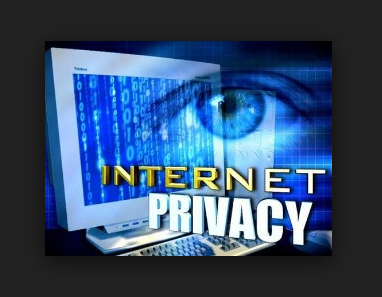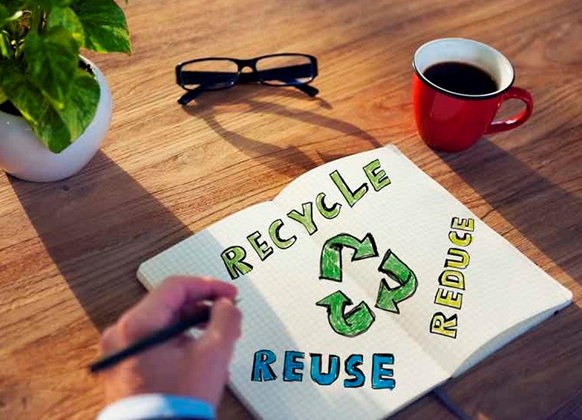Have you noticed that the age of digital disruption is upon us? It is a time when organizations are challenged to transform . . . or die. The internet of things is advancing at a mind-boggling pace, and innovative businesses are launching all the time, each raising the bar on consumer expectations just a tad higher. The average business is massively challenged by the demand for near-constant transformation.

The forces of digital disruption are radically altering how we all access and consume information, communicate and socialize, shop and purchase. Ubiquitous connected devices, social networks, cloud services – these and other innovations have already essentially inverted the relationship between sellers and buyers, between brands and customers.
When people talk about “the next big thing,” what comes to mind? I’ve maintained that the future is always within sight, and you don’t need to imagine what’s already there.
Case in point: The buzz surrounding the Internet of Things.
What’s the buzz? The Internet of Things revolves around increased machine-to-machine communication; it’s built on cloud computing and networks of data-gathering sensors; it’s mobile, virtual, and instantaneous connection; and they say it’s going to make everything in our lives from streetlights to seaports “smart.”
So what is the Internet of things?
The Internet of Things (IoT, sometimes the Internet of Everything) is the network of physical objects or “things” embedded with electronics, software, sensors, and connectivity to enable it to achieve greater value and service by exchanging data. Each thing is uniquely identifiable through its embedded computing system but is able to interoperate within the existing Internet infrastructure.
Besides the plethora of new application areas for Internet-connected automation to expand into, IoT is also expected to generate large amounts of data from diverse locations that are aggregated very quickly, thereby increasing the need to better index, store, and process such data.

According to Gartner, Inc. (a technology research and advisory corporation), there will be nearly 26 billion devices on the Internet of Things by 2020. ABI Research estimates that more than 30 billion devices will be wirelessly connected to the Internet of Things (Internet of Everything) by 2020. As per a recent survey and study done by Pew Research Internet Project, a large majority of the technology experts and engaged Internet users who responded—83 percent—agreed with the notion that the Internet/Cloud of Things, embedded and wearable computing will have widespread and beneficial effects by 2025.
Growing Applications
How is M2M being used, and what are its applications and projected benefits in the future? Read on to find out some of the more interesting ones:
Healthcare
Healthcare is a prominent application, and comes under various banners including e-health, m-health, telemedicine, and assisted living. Patients with non-life-threatening conditions can be issued with sensors (for blood pressure, or blood sugar levels for example), sent home, and monitored remotely by medical staff — and can often be shown how to interpret the data themselves. This will free up hospital beds and physicians’ time for more urgent cases.
Consumer devices to encourage healthy living, such as connected scales or wearable heart monitors, are also a possibility with the IoT. More and more end-to-end health monitoring IoT platforms are coming up for antenatal and chronic patients, helping one manage health vitals and recurring medication requirements. They provide distinct advantages over similar products from the US and Europe are cost-effectiveness and personalization for chronic patients. Doctors can monitor the health of their patients on their smartphones after the patient gets discharged from the hospital.
Link health Alliance
Environmental monitoring
